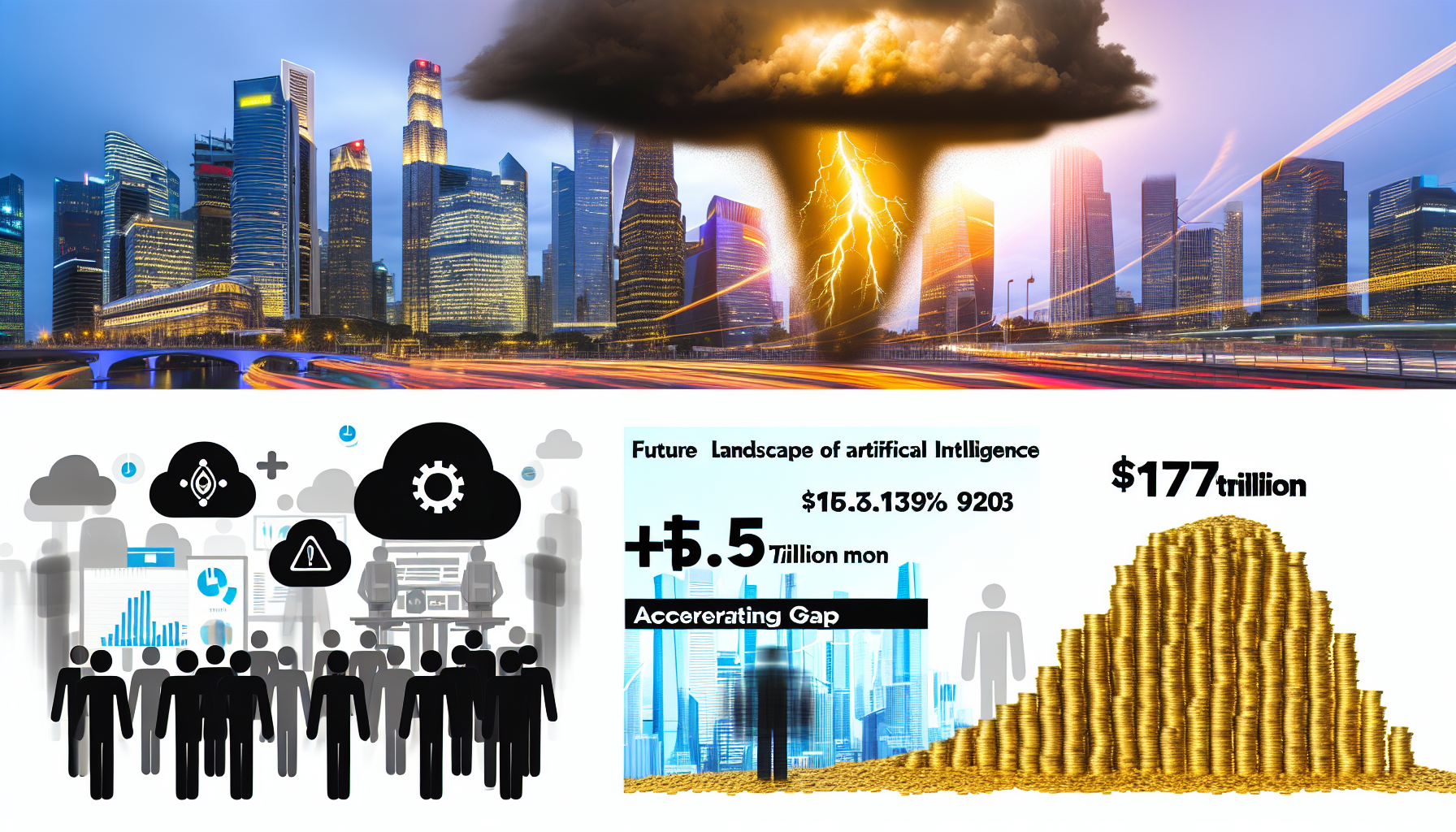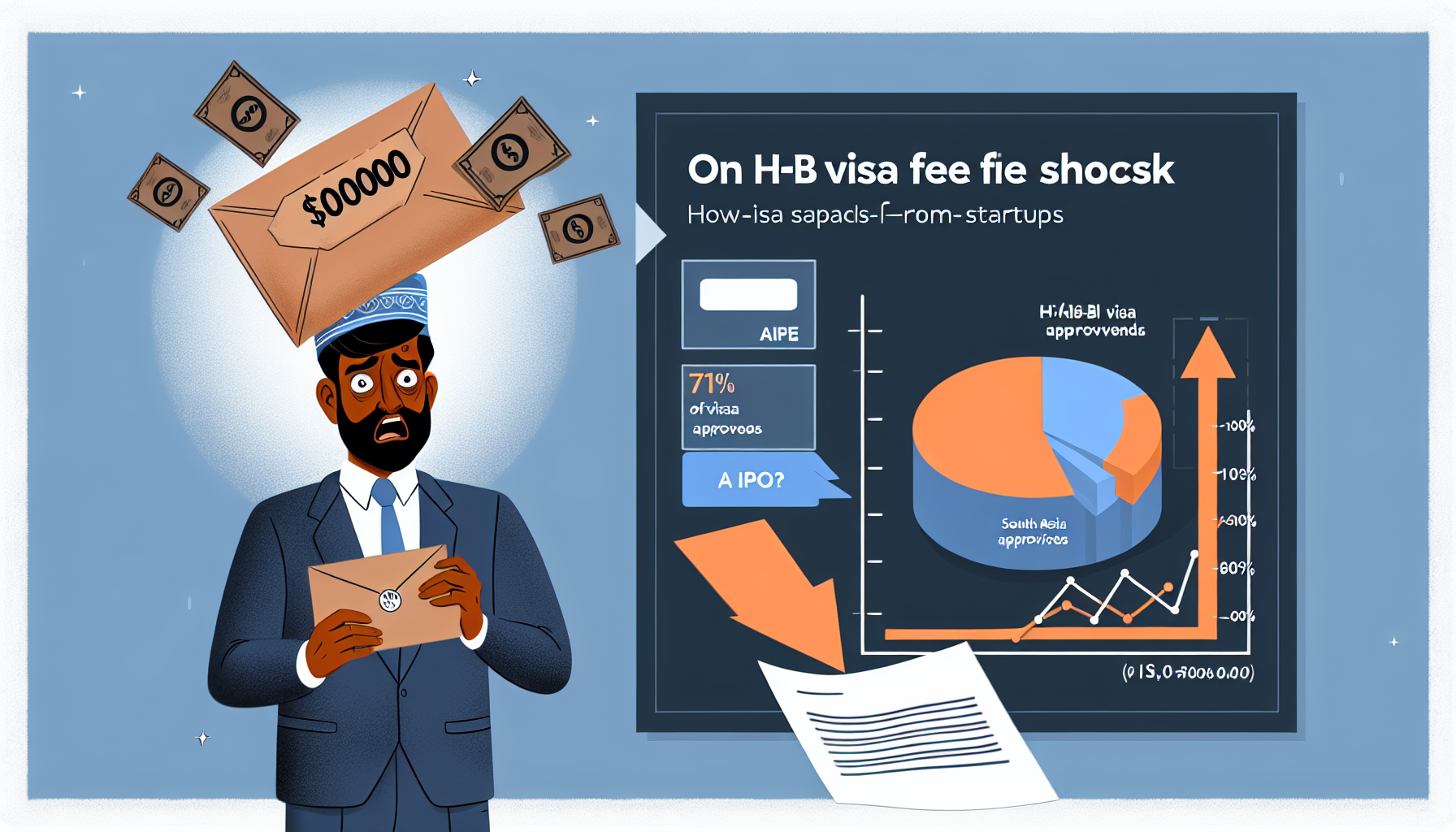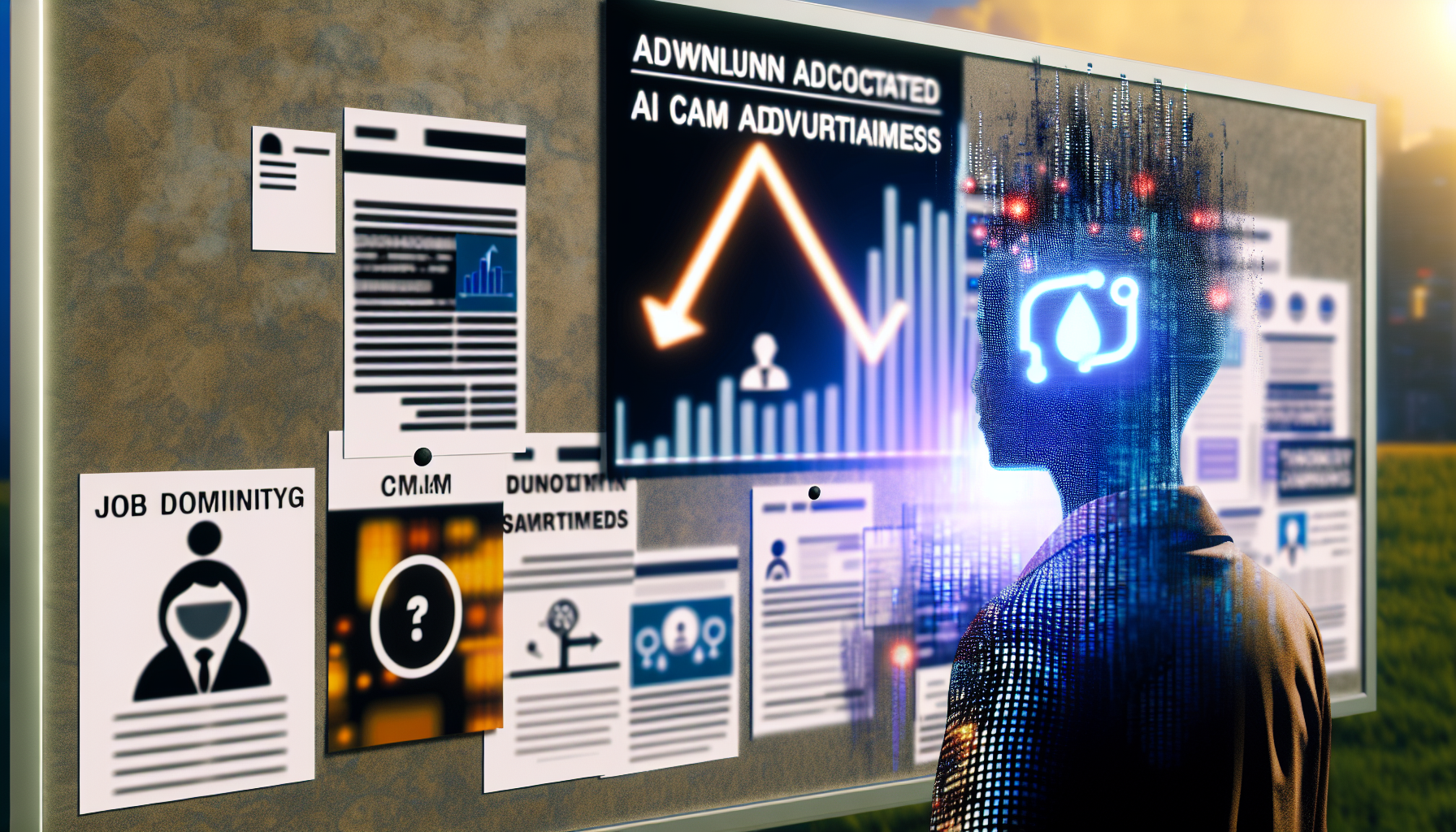Billionaire investor Mark Cuban says companies don’t understand how to implement AI, and he’s urging Gen Z to step in—advice that frames “Mark Cuban AI” as both a warning and a playbook for new graduates poised to monetize practical deployment skills. He argues the firms that master AI will outcompete those that don’t, a gap young workers can fill immediately with hands-on implementation for small and midsize businesses (SMBs) [1]. Cuban also contends AI will create new roles rather than eliminate most entry-level office jobs, if adoption is done well [2].
Key Takeaways
– Shows Cuban’s 2025 warning that firms weak at AI risk being “put out of business,” creating near-term Gen Z consulting opportunities with SMBs [1].
– Reveals BLS projects software developers to grow 17.9% during 2023–33, far outpacing roughly 4% total employment growth over similar horizons [4].
– Demonstrates PwC sees up to $15.7 trillion added to global GDP by 2030, with AI-intensive sectors posting 4.3% productivity gains vs 0.9% elsewhere [5].
– Indicates an April 23, 2025 executive order expands K–12 AI resources and apprenticeships, strengthening entry ramps for AI-capable graduates [3].
– Suggests May 2025 statements from Cuban that AI will create new roles, not kill most entry-level office jobs, hinge on implementation quality [2].
Why Mark Cuban AI advice targets Gen Z now
Cuban’s core point is simple: companies that excel at AI will dominate those that don’t, creating a wide execution gap. He’s told young people to learn the tools fast and go sell implementation to SMBs that “don’t understand AI yet,” calling it an immediate, entrepreneurial opening [1]. In his words, there will be “two types of companies in this world: Those who are great at AI, and everybody else that they put out of business” [1].
He also pushes back on headline-grabbing forecasts that entry-level office jobs will vanish. The outcome, he argues, depends on how firms adopt AI—and workers who learn to implement and teach it will capture new roles and launch new companies [2]. For Gen Z, that means turning familiarity with AI tools into measurable business impact, not just prompts and demos [2].
What the data says about AI jobs and productivity
The labor-market picture supports a skills-first strategy. The U.S. Bureau of Labor Statistics (BLS) projects software developers will grow 17.9% between 2023 and 2033—one of the fastest rates among large occupations and well above total employment growth, which has hovered near 4% in similar projection windows [4]. BLS also stresses uncertainty, noting impacts will vary across occupations and require ongoing monitoring as AI capabilities evolve [4].
On the performance side, PwC estimates AI could add up to $15.7 trillion to global GDP by 2030—a scale that implies sustained demand for implementation talent [5]. Recent data show AI-intensive sectors are already outpacing others on productivity, around 4.3% versus 0.9%, highlighting an advantage for organizations that deploy effectively and a penalty for laggards [5]. For graduates, the message is clear: productivity speaks, and the premium accrues to those who can deliver it.
Mark Cuban AI roadmap for small and midsize businesses
Cuban’s advice translates into a straightforward go-to-market plan for Gen Z: identify SMBs with manual, repetitive workflows, prototype automations, and price against quantified gains. He specifically suggests going to businesses that don’t understand AI yet, then teaching, integrating, and productizing tools for them [1]. That starts with low-risk pilots—customer support triage, invoice processing, sales email drafting, or knowledge-base search—paired with baseline metrics and weekly ROI tracking [1].
Successful pilots should include privacy and security guardrails, vendor selection for reliability, and simple usage policies. Graduates can bundle implementation with staff training sessions and create a lightweight “AI operations” playbook so capabilities persist after handoff [1]. Pricing options—fixed-fee pilot, subscription maintenance, and performance bonuses—tie compensation to measurable business outcomes, reinforcing credibility.
Mark Cuban AI playbook: measuring impact where it matters
Executives buy results, not hype. Frame value using metrics they already track: average handle time, first-contact resolution, lead-to-opportunity conversion, cash collection cycle, and cost per ticket. Set a pre-pilot baseline, then target improvements in the 10–30% range for service workflows and 2–10% for finance ops, depending on process quality. Revisit governance monthly to keep models accurate and outputs compliant.
Because BLS projects resilient growth in AI-adjacent occupations but warns of differential effects across roles, career durability hinges on skills that raise productivity and complement domain expertise [4]. For SMBs, the pitch is that AI execution—done right—adds measurable capacity without immediately adding headcount. For new grads, it’s a chance to build a portfolio of before-and-after case studies that compound in value over time [4].
Policy tailwinds and credential pathways bolster the shift
Federal support is building the pipeline. A White House executive order on April 23, 2025 directs agencies to expand K–12 and educator training in AI, accelerate public–private partnerships, and prioritize apprenticeships and grants for AI skills within defined timelines [3]. For students and recent grads, these programs can subsidize training, offer paid placements, and create hiring pathways with recognized credentials [3].
Pair policy tailwinds with industry proof points. With AI-intensive sectors already widening productivity gaps—4.3% vs 0.9%—apprentices who can deploy tools safely and efficiently will be especially valuable to SMBs that lack in-house expertise and need quick wins [5]. Graduates should seek programs that combine technical foundations with domain coursework and capstone projects in real business settings [3][5].
Risks, mismatches, and how Gen Z can quantify value
There are pitfalls. Over-automation can degrade customer experience, and unmanaged tools can leak data. A strong implementation plan includes access controls, human-in-the-loop review for sensitive actions, and explicit opt-outs for high-stakes cases. Document failure modes and escalation paths; make them part of your training and handoff.
Expect uneven labor effects. BLS notes some office and administrative roles may decline while technical and hybrid roles climb, underscoring the importance of reskilling and continuous learning [4]. Cuban’s stance—that AI will create new roles if implemented well—places responsibility on teams to integrate tools into workflows that amplify, rather than replace, human judgment [2]. For grads, that means pairing AI skills with industry-specific knowledge and compliance literacy [2][4].
Outlook: two types of companies, two types of careers
Cuban’s forecast implies a sorting: organizations that embed AI into everyday operations—and talent that can ship measurable improvements—versus those that lag [1]. With a projected 17.9% rise in software developer jobs and multi-trillion-dollar GDP potential from AI, the market signal favors builders who can teach, tailor, and measure implementation at the process level [4][5].
For Gen Z, the opportunity is immediate and practical: master the tools, quantify impact, and package services for businesses that don’t yet understand how to do it themselves. That is the arbitrage Cuban is pointing to—and it’s already here [1][2].
Sources:
[1] CNBC – Mark Cuban: Companies that don’t embrace AI may be put out of business: https://www.cnbc.com/2025/03/15/mark-cuban-companies-that-dont-embrace-ai-may-be-put-out-of-business.html
[2] Business Insider – Mark Cuban says Anthropic’s CEO is wrong: AI will create new roles, not kill jobs: https://www.businessinsider.com/mark-cuban-ai-create-new-jobs-not-kill-entry-level-2025-5
[3] The White House – Advancing Artificial Intelligence Education for American Youth (executive order): https://www.whitehouse.gov/presidential-actions/2025/04/advancing-artificial-intelligence-education-for-american-youth/
[4] U.S. Bureau of Labor Statistics – AI impacts in BLS employment projections: https://www.bls.gov/opub/ted/2025/ai-impacts-in-bls-employment-projections.htm
[5] Reuters – AI-intensive sectors are showing a productivity surge, PwC says: https://www.reuters.com/technology/ai-intensive-sectors-are-showing-productivity-surge-pwc-says-2024-05-20/
Image generated by DALL-E 3











Leave a Reply